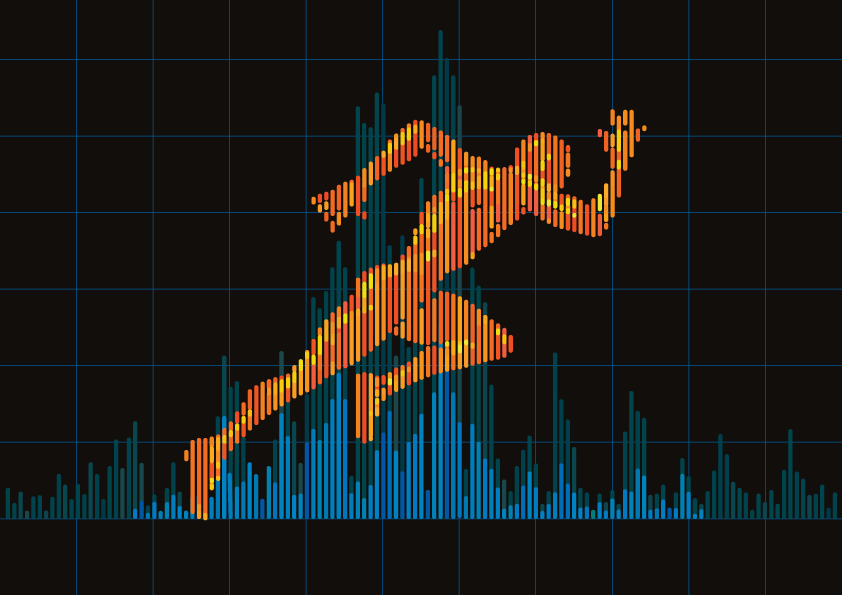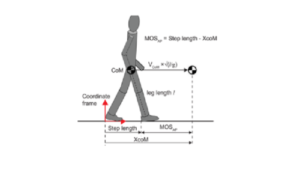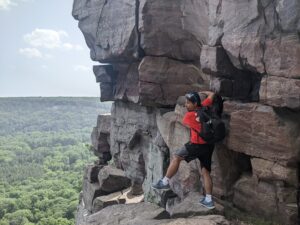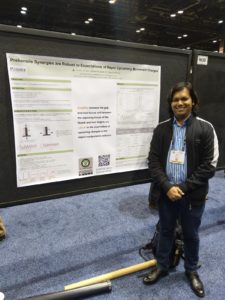 Biomechanics is the study of animal movement from a mechanical perspective. The field includes cellular mechanics, muscle behavior, material properties of skin, tissue and bone, macro-level analyses of joint motions and gross behaviors like locomotion, reaching and prehension. The principles of rigid-body mechanics, fluid mechanics, continuum mechanics, dynamical systems and optimization theory form the theoretical basis of biomechanics. Typical measurements are forces and displacements of the components of the system under scrutiny.
Biomechanics is the study of animal movement from a mechanical perspective. The field includes cellular mechanics, muscle behavior, material properties of skin, tissue and bone, macro-level analyses of joint motions and gross behaviors like locomotion, reaching and prehension. The principles of rigid-body mechanics, fluid mechanics, continuum mechanics, dynamical systems and optimization theory form the theoretical basis of biomechanics. Typical measurements are forces and displacements of the components of the system under scrutiny.
Our group is currently involved in bipedal locomotion, reaching and grasping in healthy and pathological populations.
Dr. Ambike’s work featured on Purdue University, HHS News.
Read MoreGymnasts exploit the mechanical properties of their bodies to achieve remarkable feats. Divers enter a fetal position while in the air to increase the number of somersaults, but then stretch out to enter the water with a minimal splash. The divers train to exploit the law of conservation of angular momentum to maximize their performance. […] Read More
Most of us know someone who have had to deal with negative consequences of a fall. Falling is a serious concern, particularly for older adults. What could older adults do to reduce fall risk? What could younger family members or caregivers do to minimize fall risk for our loved ones? Our recent work applies tools […] Read More
Identifying the role of the task, the environment, and the individual in shaping locomotor behavior.
Historically, locomotion research focused on walking over flat ground at constant speed, which did not capture the complex adaptations that are required in order to traverse typical, cluttered environments. Our research has demonstrated that locomotor control is primarily implemented proactively, rather than reactively. These proactive adaptations are based on the visually observable properties of the […] Read More
We presented our work on synergies in adaptive locomotion at Dynamic Walking in Madison Wisconsin, and at ISPGR in Montreal, Ca in the summer of 2022. Check out our posters below. Stepping down a curb (Cui – ISPGR 2022) Crossing obstacles (Kulkarni – ISPGR and Dynamic Walking 2022) If you want to know more, here […] Read More
Anvesh Naik and Mitchell Tillman, both students of Dr. Satya Ambike, presented their work on human prehension behavior at the Society of Neuroscience conference held at Chicago in October 2019. SfN is the largest conference in this field, with close to 30,000 scientists and students from all over the world in attendance. Anvesh Naik, a […] Read More
Dexterity is motor wisdom: the organization and application of a lifetime of experience in movement. It is the highest achievement of the motor system, and it consists in the judicious use of strength, coordination, sensation, and attention to execute demanding motor tasks. Naturally, dexterity is also highly susceptible to systemic disturbances. We all fumble with […] Read More
Our team has been examining the rare trials (approximately 1% of all trials) where the participant perceived a stationary, visible obstacle and attempted to clear the obstacle, but tripped on the obstacle. Inadvertent failures are typically discarded as there are too few observations, but we have developed a methodology to assess these failures. This research […] Read More
Falls have serious and debilitating consequences for all ages. While there is extensive research on falls in older adults, falls in other age groups are understudied. Our research demonstrates that even young healthy adults have a high fall and injury rate, and that most falls occurred while the participants were simply walking. This observation highlights […] Read More
This paradigm examines the coupling between human balance and an external dynamical system. This coupled system, with time delays and nonlinearities, is ideal to study the emergence of complex postural behavior and unanticipated interactions between the individual, task, and the external dynamical system. We expect that the active balance board will improve diagnoses and rehabilitation […] Read More







